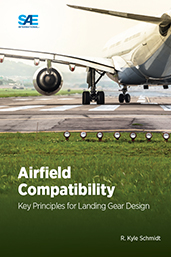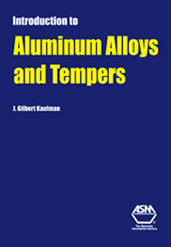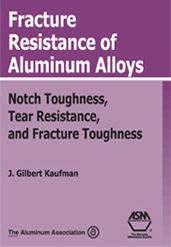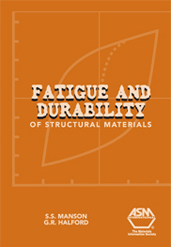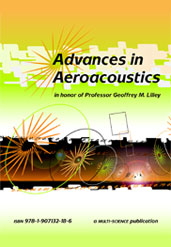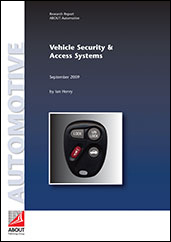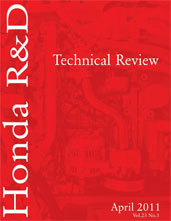Book

American National Standard for Safety Glazing Motor Vehicles and Motor Vehicle Equipment Operating on Land Highways
1997-12-15
It is the fundamental purpose of this standard to prescribe the functional properties of safety glazing materials in such a manner that they can be used in any place in motor vehicles and motor vehicle equipment for which they possess those mechanical or optical properties, or both, that are requisite and appropriate. For example, safety glazing materials for windshields must pass a specified group of test requirements, all of which currently can be met only by certain laminated safety glazing; however, if and when other safety glazing materials are developed which possess properties such that they, too, fulfill the requirements of the prescribed tests for this location, they may also be used; and similar reasoning would apply for other locations.
